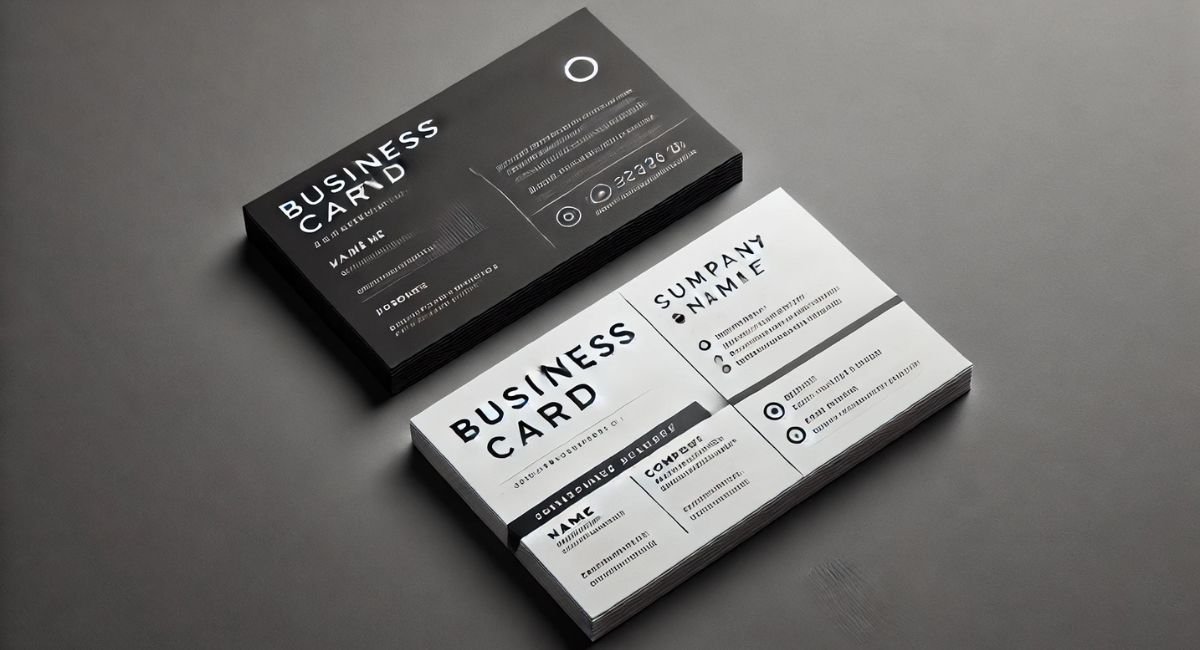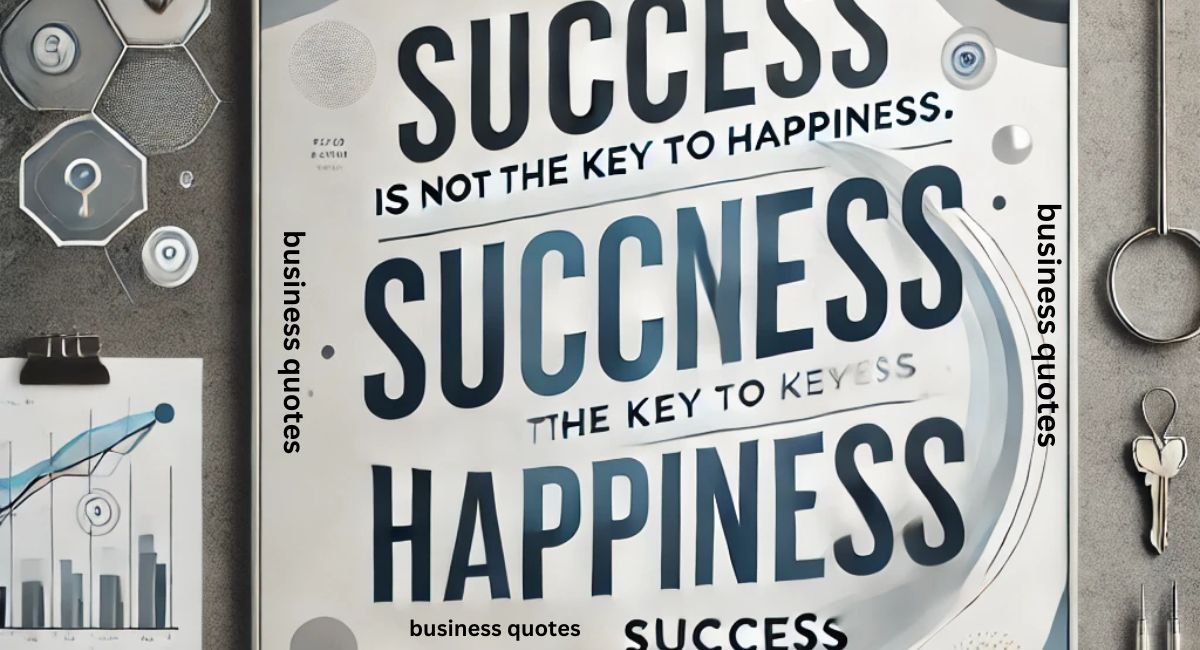In an increasingly digital world, you might think business cards are becoming outdated. However, these small, tangible items still hold incredible value in networking and professional branding. A well-thought-out business card design goes beyond a simple exchange of contact information—it serves as a lasting impression of who you are and what your business represents.
Whether you’re a freelancer, a small business owner, or a corporate professional, having a unique and professional business card can set you apart from the competition. In this article, we’ll explore the essential elements of business card design, creative ideas, and expert tips for making your card not only functional but also memorable.
Why Business Card Design Still Matters
Business cards continue to play a significant role in building professional relationships. They are a physical representation of your brand and serve as a visual reminder of your interaction. Here’s why a well-designed business card still holds importance in today’s digital landscape:
- First Impressions: Your business card is often the first piece of branding someone will see, so it must reflect your professionalism and the quality of your work.
- Tangible and Personal: Unlike a LinkedIn connection or a digital exchange of information, handing over a business card feels personal and leaves a stronger impression.
- Versatility: Business cards are easily carried, distributed, and even collected. They are perfect for networking events, conferences, client meetings, or informal encounters.
- Brand Representation: A business card is an extension of your brand. Its design, colors, fonts, and logo are all visual cues that communicate your brand’s personality and values.
Elements of an Effective Business Card Design
When creating a business card, it’s important to focus on the elements that not only look good but also serve a practical purpose. A well-designed business card strikes a balance between aesthetics and functionality. Here are the essential elements to consider in your business card design:
1. The Right Dimensions
While you can experiment with unique shapes, the standard business card dimensions are 3.5 inches by 2 inches (88.9 mm x 50.8 mm). Sticking to this size ensures that your card fits easily into wallets, cardholders, and Rolodexes, making it more likely to be kept.
However, if you’re in a creative field, you might opt for something different, like square business cards or mini-cards. While unconventional sizes can make your card stand out, remember that practicality is key.
2. Use of Typography
The fonts you choose for your business card should be clear and easy to read. Avoid over-the-top or highly decorative fonts that may compromise readability. It’s best to use classic, professional fonts like Helvetica, Arial, or Times New Roman for key information such as your name and contact details.
You can use more creative fonts for elements like your business name or tagline, but keep in mind that legibility is paramount. Be mindful of font size as well; generally, font sizes between 8-12 points work well for business cards.
3. Colors and Branding
Your business card’s color scheme should align with your overall brand identity. If your company already has established brand colors, incorporate those into your card design. Consistency in branding helps with recognition and reinforces your brand image.
- Use contrasting colors: This helps make text and logos stand out. For example, a dark background with white or light-colored text creates a strong contrast, enhancing readability.
- Color psychology: Colors evoke emotions and associations. Blue often conveys trust and professionalism, while red can suggest passion and energy. Choose colors that reflect your brand’s personality.
4. Logo and Visual Elements
Your logo is a central part of your business card design. It should be prominent but not overpowering. Ensure that the logo is high-resolution and properly aligned with other design elements. Visual consistency is important, so place your logo in a position that harmonizes with the text and other graphics.
If your brand includes other visual elements, like icons or patterns, you can incorporate them subtly to enhance the design. However, avoid cluttering the card—simplicity and clarity should be prioritized.
5. Contact Information
The main purpose of a business card is to provide contact information. Make sure this is clearly presented and includes:
- Your Name: Use your full name or the name by which you are professionally known.
- Job Title: Your role or title should be easy to spot.
- Company Name: If applicable, include your business or company name prominently.
- Phone Number and Email: These are the most commonly used contact methods. Make sure they are legible.
- Website: If your company has a website, include the URL to direct potential clients or partners to more detailed information about your services.
- Social Media Handles: If relevant to your business, such as LinkedIn or Instagram for creatives, social media handles can add another layer of accessibility.
6. White Space
White space, or negative space, is the empty space around design elements on your card. It gives your card a clean, professional appearance and prevents it from looking cluttered. White space improves readability and helps guide the recipient’s attention to the most important information.
Remember, you don’t need to fill every inch of your business card with text or images. Less is often more when it comes to business card design.
Creative Business Card Design Ideas
If you’re looking to make your business card stand out, creativity is key. Depending on your industry, you might want to experiment with various design elements to create a card that is not only visually striking but also memorable. Here are some creative business card design ideas to consider:
1. Double-Sided Cards
Most standard business cards utilize only one side, but opting for a double-sided design allows you to include more information or visual elements without overcrowding. You can dedicate one side to your contact information and the other to a bold design or a tagline that reinforces your brand message.
2. Minimalist Design
Less is more. A minimalist business card design uses simple fonts, limited colors, and lots of white space to create an elegant, uncluttered look. This is ideal for professionals in industries like law, finance, or consulting, where clean, sophisticated branding is important.
3. Textured or Embossed Finishes
For a premium touch, consider using textured paper or adding embossed elements to your business card. Embossing your logo or text adds depth and a tactile quality to your card, making it more memorable. These finishes often convey luxury, making them ideal for industries like real estate or luxury goods.
4. Unconventional Shapes
If your industry allows for it, using non-traditional shapes or sizes for your business card can be a great way to catch someone’s attention. For example, a circular or square business card might stand out at networking events. Just ensure that the design still maintains practicality—an excessively large or awkwardly shaped card may be discarded if it’s difficult to store.
5. Interactive Business Cards
An emerging trend in business card design is to create cards that serve a dual purpose. For example, you can design a card that folds into a stand for a smartphone or a card that incorporates a QR code leading to your portfolio or website. This type of design adds value to the card and encourages people to engage with it.
6. Eco-Friendly Business Cards
Sustainability is increasingly important to consumers and professionals alike. Using recycled paper or biodegradable materials for your business card can demonstrate your commitment to environmental responsibility. You can even design cards made from seed paper that can be planted to grow flowers or herbs, adding a unique twist.
Tips for Designing a Business Card That Stands Out
Here are a few final tips to ensure your business card design makes a strong impression:
- Consistency is Key: Ensure that your business card aligns with your overall branding. Consistency across your business card, website, and social media platforms helps establish a professional and cohesive brand identity.
- Proofread Carefully: Spelling mistakes or incorrect contact information can undermine your professionalism. Double-check all text before printing.
- Test Readability: Ensure the text is easy to read, both in terms of size and contrast. Print a sample to check how the card looks in real life, as colors and fonts can appear differently on screen.
- Think About Durability: Consider using thicker card stock or premium finishes like matte, glossy, or UV coating to make your card more durable and give it a higher quality feel.
- Limit Information: Focus on essential information and avoid cluttering the card with too much text. You want to communicate your key points quickly and clearly.
FAQs
What should be included in a business card design?
Your business card should include your name, job title, company name, phone number, email address, and website. If relevant, you can also include social media handles or a QR code.
Can I use both sides of my business card?
Yes, using both sides of your card is a great way to include more information or design elements without overcrowding the layout. Many professionals use the back for a logo, tagline, or additional contact details.
What is the standard size for a business card?
The standard size for a business card is 3.5 inches by 2 inches (88.9 mm x 50.8 mm), which fits easily into wallets, cardholders, and Rolodexes.
Should I use a logo on my business card?
Yes, incorporating your company logo on your business card helps with brand recognition. Make sure it is high-resolution and positioned in a way that complements the overall design.
What kind of paper should I use for my business card?
Thicker card stock (generally between 14 pt and 32 pt) is recommended for durability and a premium feel. You can also choose between different finishes such as matte, glossy, or textured depending on your brand aesthetic.
Can I use a digital business card instead of a printed one?
While digital business cards are gaining popularity, physical business cards remain essential for face-to-face networking events. However, combining both can enhance your professional reach.
Conclusion
Creating a compelling business card design is an essential part of building a professional brand. By focusing on key design elements like typography, color, and layout, while also incorporating your brand identity, you can create a business card that is not only functional but memorable. Whether you opt for a minimalist look or a more creative design, your business card is an important tool that can open doors and forge connections in the professional world. Take the time to design a card that truly reflects your business and leaves a lasting impression.




